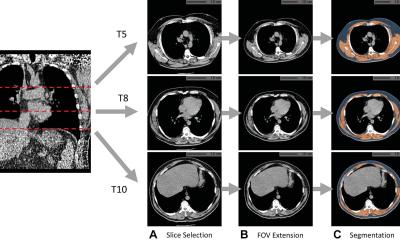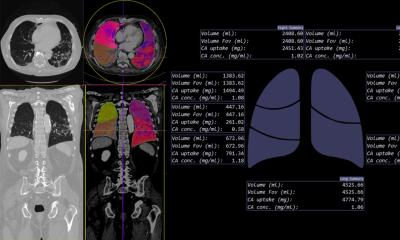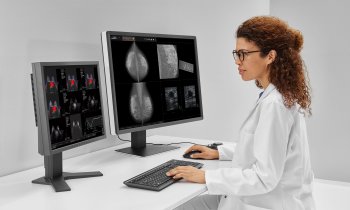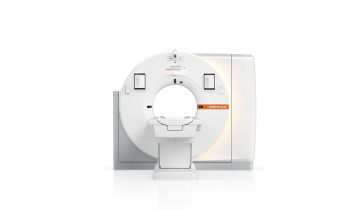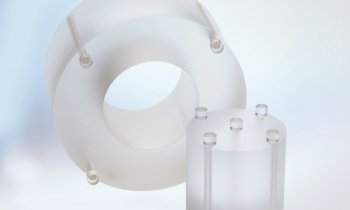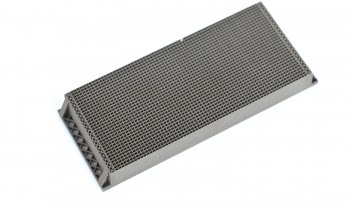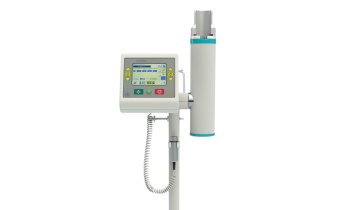News • Improved accuracy and efficiency
AI could improve CT screening for COVID-19
Researchers at the University of Notre Dame are developing a new technique using artificial intelligence (AI) that would improve CT screening to more quickly identify patients with the coronavirus.
The new technique will reduce the burden on the radiologists tasked with screening each image. Testing challenges have led to an influx of patients hospitalized with COVID-19 requiring CT scans which have revealed visual signs of the disease, including ground glass opacities, a condition that consists of abnormal lesions, presenting as a haziness on images of the lungs.
Recommended article
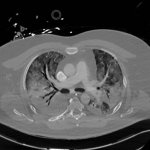
Article • Coronavirus in radiology
Why we need a global view of COVID-19
There are major complications from COVID-19 – ARDS, pulmonary embolism and neurological – that imaging can help detect, manage and/or follow up in the long term, radiologists from France and the UK explained during a recent ESR Connect session. ARDS is the most dreaded complication and the number one morbidity in COVID-19 patients. The incidence was up to 30% of patients in initial reports.…
“Most patients with coronavirus show signs of COVID-related pneumonia on a chest CT but with the large number of suspected cases, radiologists are working overtime to screen them all,” said Yiyu Shi, associate professor in the Department of Computer Science and Engineering at Notre Dame and the lead researcher on the project. “We have shown that we can use deep learning — a field of AI — to identify those signs, drastically speeding up the screening process and reducing the burden on radiologists.”

Shi is working with Jingtong Hu, an assistant professor at the University of Pittsburgh, to identify the visual features of COVID-19-related pneumonia through analysis of 3D data from CT scans. The team is working to combine the analysis software with off-the-shelf hardware for a light-weight mobile device that can be easily and immediately integrated in clinics around the country. The challenge, Shi said, is that 3D CT scans are so large, it’s nearly impossible to detect specific features and extract them efficiently and accurately on plug-and-play mobile devices. “We’re developing a novel method inspired by Independent Component Analysis, using a statistical architecture to break each image into smaller segments,” Shi said, “which will allow deep neural networks to target COVID-related features within large 3D images.”
Shi and Hu are collaborating with radiologists at Guangdong Provincial People’s Hospital in China and the University of Pittsburgh Medical Center, where a large number of CT images from COVID-19 pneumonia are being made available. The team hopes to have development completed by the end of the year.
Source: University of Notre Dame
12.08.2020




